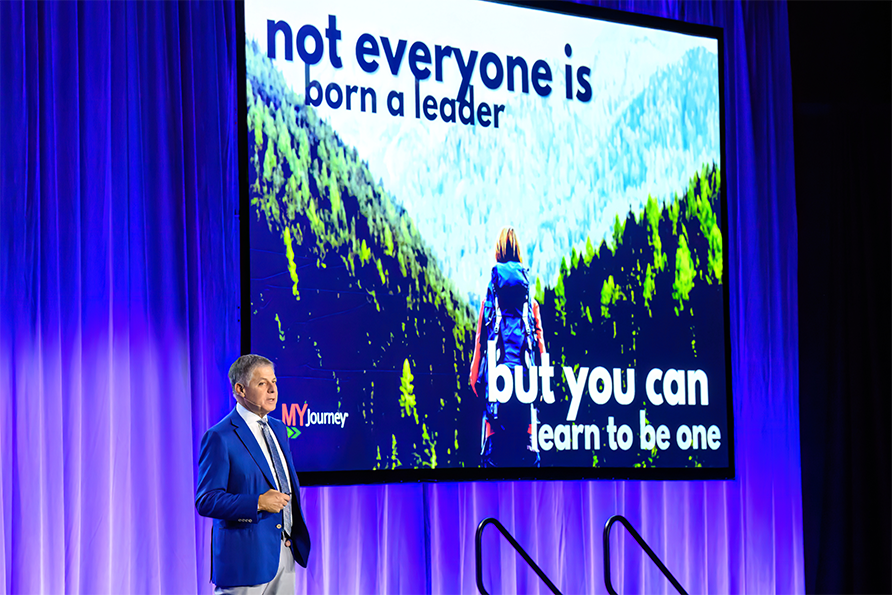Love languages, an increasingly more popular concept, make it easy to understand how you give and receive love. Do you prefer compliments or gifts? Hugging or helping out? There are five different love languages, and once you know what yours is, you can use it to help you connect with others.
What is a love language?
It may not sound like it at first, but the idea of a “love language” applies to friends, colleagues, significant others, and family. The premise is simple: Each person gives and receives love in a particular language, and speaking it will strengthen that relationship. You can understand yourself and others better.
We all have that one love language that we’re fluent in, and when that language is spoken back to us, we’ll have a happier, healthier relationship with that person.
Love as part of personal and professional growth
After being asked what my love language is (and having no idea), I knew I wanted to learn more about it and find out how it could benefit the people in my life and me.
Over time, I learned that building and nurturing relationships are a vital part of personal and professional growth. Remember, if you want to go fast, go alone. If you want to go far, go together. What better way to build and nurture relationships than by speaking the love language of the other person?
To understand my love language and to get a better feel for those of my connections, I sought out the book “The 5 Love Languages” by Gary Chapman.
The Five Love Languages
A quick overview of the five love languages:
- Words of Affirmation: Unsolicited compliments mean the world to you.
- Quality Time: You express affection with undivided, undistracted attention.
- Receiving Gifts: You thrive on the love, thoughtfulness, and effort behind a gift (It’s not about materialism!)
- Acts of Service: For you, actions speak louder than words. You want someone to ease the burden of your responsibilities.
- Physical Touch: Nothing means more to you than a simple human touch. Hugs, pats on the back, and thoughtful touches on the arm — they can all be ways to show excitement, concern, care, and love.

Using your love language
Despite the connotation, your love language isn’t just for your significant other. It can be applied at work too! Here are a few ideas of what you can do or say once you know another person’s love language.
- Words of Affirmation: Simply notice and let someone know they did a great job on something. “I loved what you did with that spreadsheet. I think it’s going to be extremely helpful as we move the project forward.”
- Quality Time: Set some time on the calendar to reconnect without any disruptions.
- Receiving Gifts: Bring them breakfast, coffee, donuts; or remember their birthday or work anniversary and get them a card.
- Acts of Service: When you see the other person is stressed out or needs helps, offer your help, or do something without being asked.
- Physical Touch: A warm touch on the shoulder or light hug can make someone’s day.
The practical advice in the book can be a game-changer, helping you grow closer to family, friends, and others you care about, and giving you the ability to better express your emotions and affection. Reading this book really opened my eyes and gave me the knowledge and confidence to connect with others in ways I didn’t know were possible.
Share your love language with someone and get to know them better!









